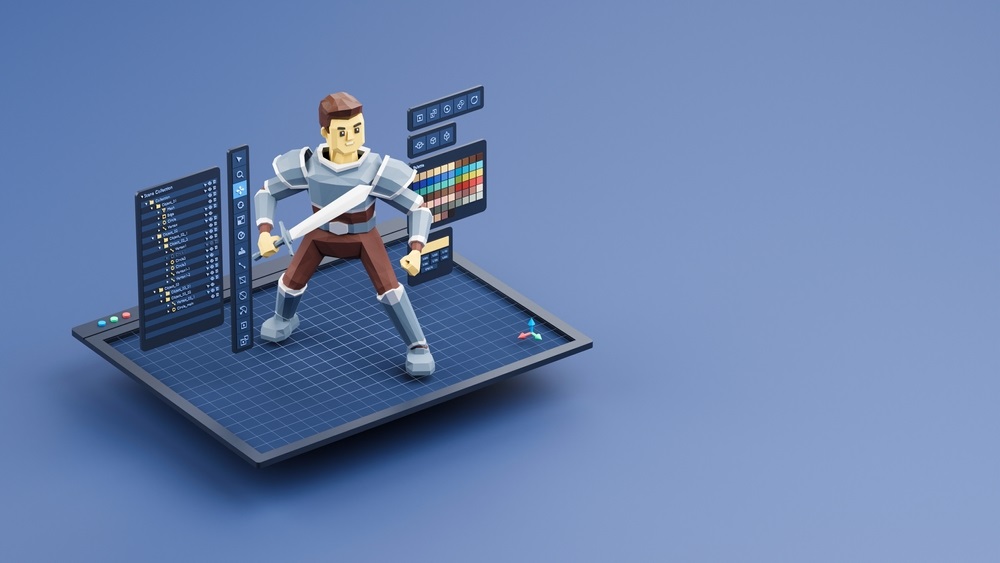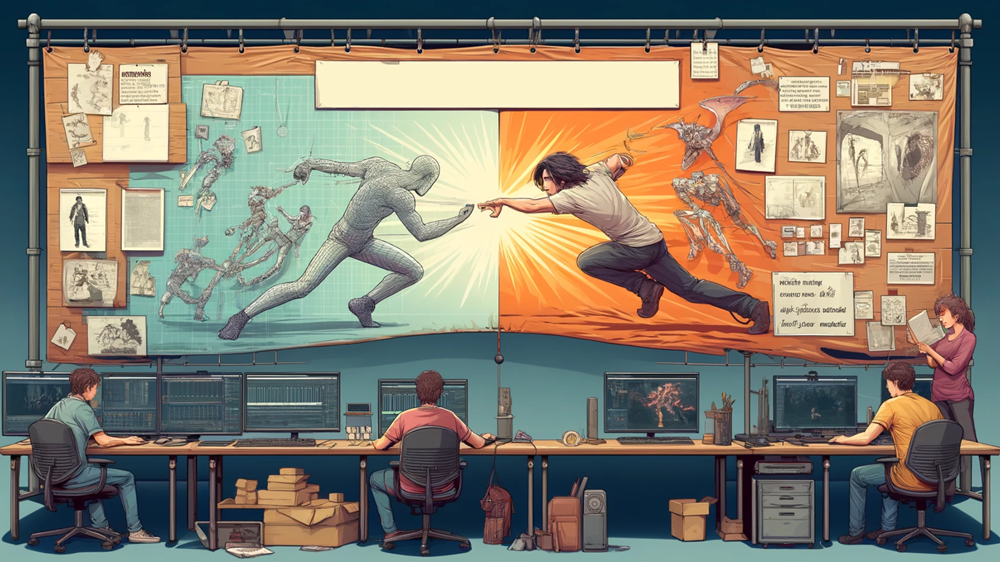Simulator Sickness in VR: Why It Matters, How It Happens, Minimize It
Motion sickness is an outcome of the conflict between your senses. While using VR headsets, the eyes and the brain are convinced that you are moving or engaged in some activity.
However, the vestibular system in your ears says no. It says that you are not moving at all and this can induce sensory confusion resulting in motion sickness. When motion sickness is caused by a virtual environment, it is known as simulator sickness.
How Simulator Sickness Happens in VR
The brain gets mixed signals from your eyes and your muscles. The eyes are inviting motion or locomotion and your muscles do not feel it at all. The brain then starts taking data from the saccule and utricle in your ears about gravity.
This again sends further mixed signals. This is similar to the feeling on a flight or a sea voyage. However, in this case, it is digitally induced. It is also known as cybersickness if it originates from the use of HMDs.
Augmented Reality Companies in India
The most common VR-induced motion sickness comprises:
• Dizziness
• Headache
• Fatigue
• Vertigo
• Nausea
Simulator Sickness Causes in Virtual Environments
The headset has a major influence on VR-induced sickness. There are two kinds of headsets namely 3DoF and 6DoF where DoF refers to the degree of freedom. While the former enables only a 360-degree view, the latter can enable locomotion as well. The sense of complete immersion through 6DoF can greatly reduce nausea that can be caused by disorientation by the 3DoF.
Latency is another factor. Latency refers to the time that a physical movement takes to register to the headset and reflect in the virtual environment. If the latency is not oriented, it can trigger the brain to think that something is not quite right. A 13-millisecond delay over a 90Hz display is the standard acceptable latency.
Instability in posture and unwanted eye movement to stabilize the virtual scene over the retina is other common cause of dizziness. For example, take into consideration a virtual scene involving a rollercoaster that is descending.
The natural instinct for the user will be to lean forward. But the virtual avatar will not take this movement into consideration. This causes postural instability.
How to Minimize Simulator Sickness in VR
Setting the right interpapillary distance can greatly relax the eyes while taking in digital information. This is available as a setting on all HMDs.
For first-timers, it is advised to use virtual environments that have minimal locomotion.
Limit training sessions or virtual reality healthcare sessions to 10 or 15 minutes. Take breaks in between these sessions to revamp the sense of balance.
Avoid tracking occlusions by setting the right frame rate and tracking settings. For medical purposes, it is also advised to keep a fan pointed at the user to have an external locus of information that also cools down the body.
Why Simulator Sickness Matters in VR
1 in 3 people is susceptible to simulator sickness. Using psychometric evaluations, it has been observed that 60% of all VR headset users experience the discomfort of varying significance. And this is the main barrier to the adoption of this tech.
Over 28% of higher educational institutes have implemented virtual reality development into their academics. By 2026 this market is expected to reach the $13,098.2 million mark.
In the healthcare industry, VR is expected to hit the $2.4 Billion mark by 2026. From medical training and patient treatment to medical marketing and disease awareness, the use of VR has seen aggressive adoption within the healthcare sector.
About 12% of the entire global aviation industry will be shared by VR by 2025. And by 2026, a large chunk of aerospace and defense investments will pour into VR (around $5840.7 Million.
These significant levels of adoption transcending industries can add to the number of VR users around the world. The current statistic signifies that there are 171 Million virtual reality users globally.
With a large chunk of the global population embracing tech, the side effects have to be addressed both at the production and consumer level.






